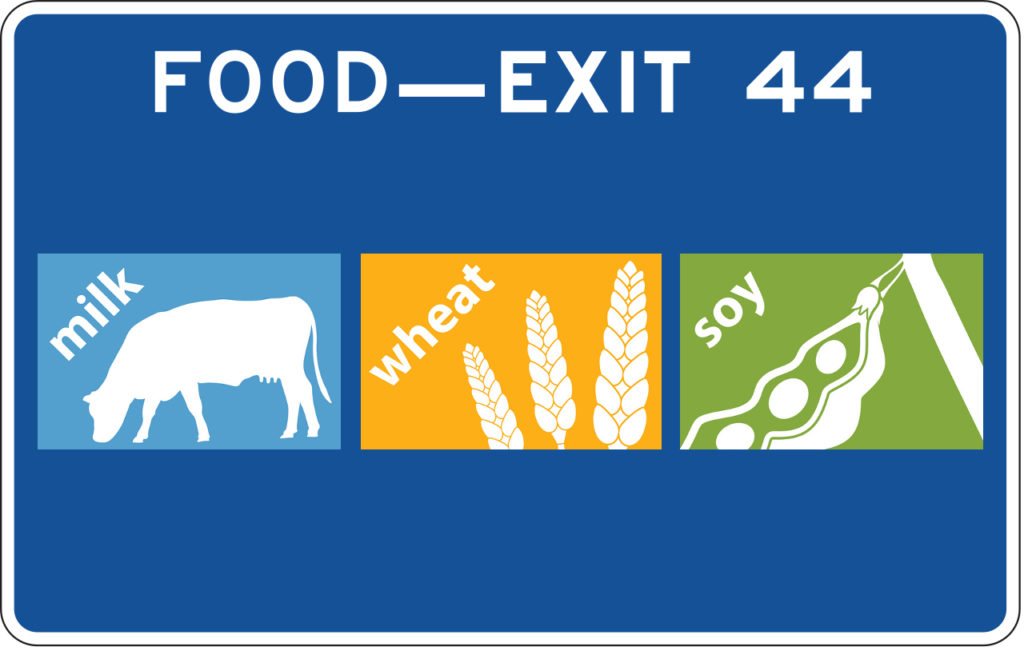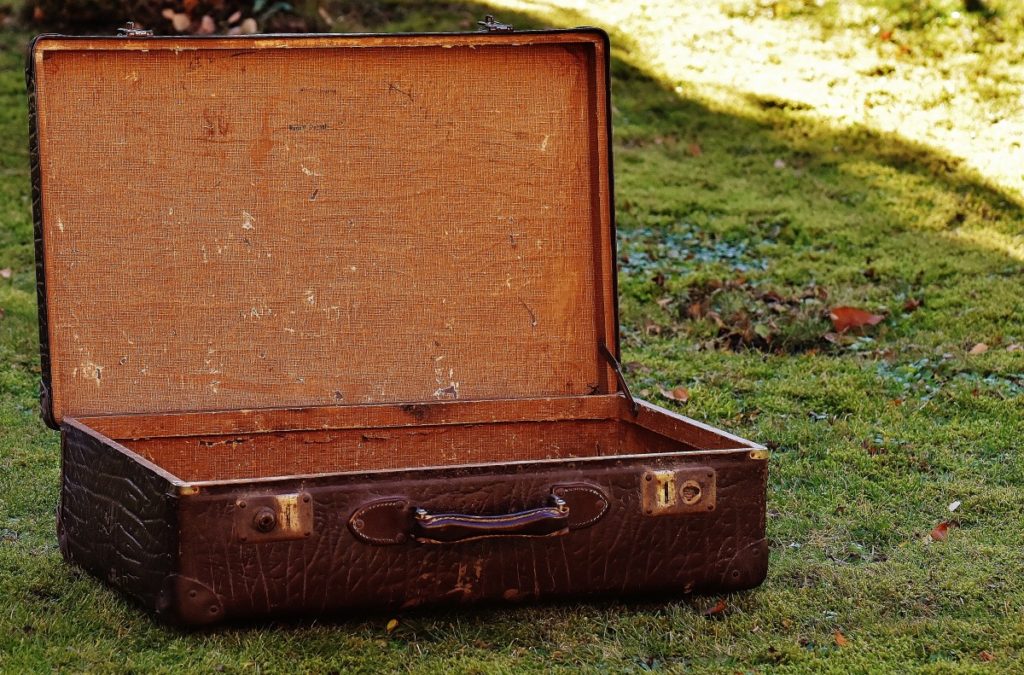 So you, savvy food allergy traveler, did the right thing, and planned ahead for a safe, food-allergy friendly road trip. You made a list of allergy-friendly restaurants on your route. You packed safe snacks– more than you thought you would need.
So you, savvy food allergy traveler, did the right thing, and planned ahead for a safe, food-allergy friendly road trip. You made a list of allergy-friendly restaurants on your route. You packed safe snacks– more than you thought you would need.
But you’ve had an unexpected travel delay, you’re nowhere near a safe restaurant, your food supplies are running low, and frankly, you’re flat-out sick of snack bars. Now what?
We all know travel plans are subject to change. Even careful travelers who plan ahead for safe food allergy management can run into circumstances that leave them at a loss for safe food options. Maybe you got a flat tire in Nowhere, Kansas (reader, it has happened to me!). Maybe the mini fridge in your hotel room died overnight, and several meals’ worth of carefully chosen allergy-safe food spoiled without warning. Maybe you accidentally left a suitcase full of safe snacks in a motel closet three entire states ago.
What do you do now?
Here are some ideas:
Try to find a grocery store.
You may be able to replace some safe, non-perishable food supply as you go if you stop at a town with a grocery store. That Kroger in Vandalia, MO may not stock the safe granola bars you packed, but at the very least, you know they will have pantry staples and fresh produce. And the selection at a new-to-you, out-of-town grocery store may surprise you. You might even find allergy-friendly brands that aren’t available in your state.
Check out the nearest gas station’s snack selection.
It may not be as unsafe as you think. You probably won’t want to risk eating hot food cooked at a gas station restaurant. But gas station convenience stores tend to stock a wide variety of travel-friendly pre-packaged foods– a few of which might be on your safe food list.
Look for safe options in less-than-safe restaurants.
Consider that even restaurants that you don’t ordinarily think of as allergy-safe places may have a few pre-packaged items you can eat, even if they can’t offer you a full safe meal. For example, a fast food restaurant may have oranges, or pre-packaged apple slices, as sides on the kids’ menu, that you can order separately. A coffee shop may have pre-bottled, sealed drinks and pre-packaged, sealed, ingredient-labeled snacks you can safely buy, even if their espresso bar is a cross contact nightmare. A hotel breakfast bar with a definitely-not-safe-for-you granola buffet might have a safe brand of pre-packaged yogurt or juice boxes stored separately in the fridge. A roadside cafe may have packaged crackers or fresh, uncut produce available if you ask.
But do try to make sure, if you are prone to contact or airborne reactions to your allergen, that you do not accidentally linger in an unsafe-for-you space while hunting for safe food. If you have a seafood allergy, and that seaside cafe is steaming shrimp, don’t stick around. If the very thought of peanut dust makes your eyes itch, and that roadhouse by the truck stop has peanut shells on the floor, back straight out.
And if any restaurant’s staff make you feel unwelcome or unsafe, walk away.
Remember: it’s better to skip a meal on the road than to eat an unsafe meal that causes a reaction.
Read more in this series:
Road Tripping with Food Allergies, Part One: Plan Your Route
Road Tripping with Food Allergies, Part Two: How to Pack





